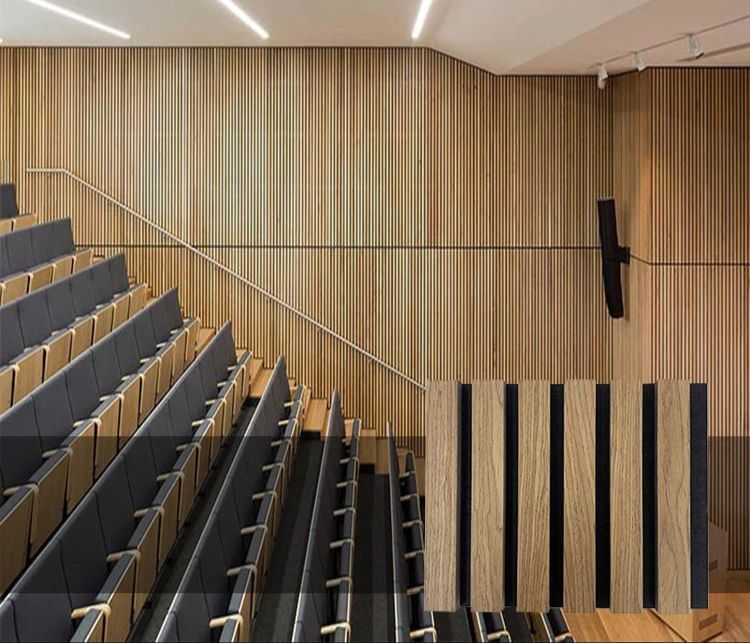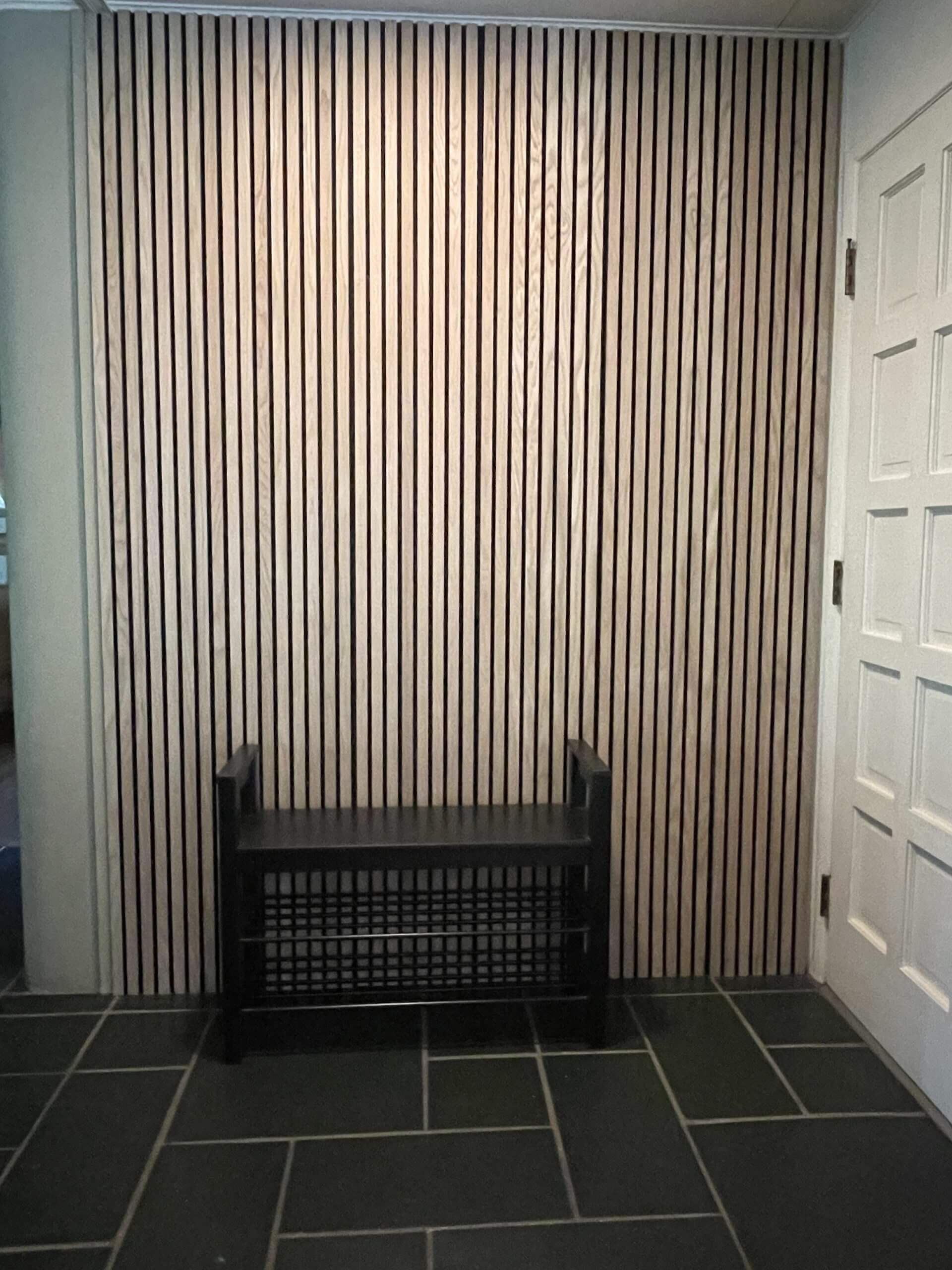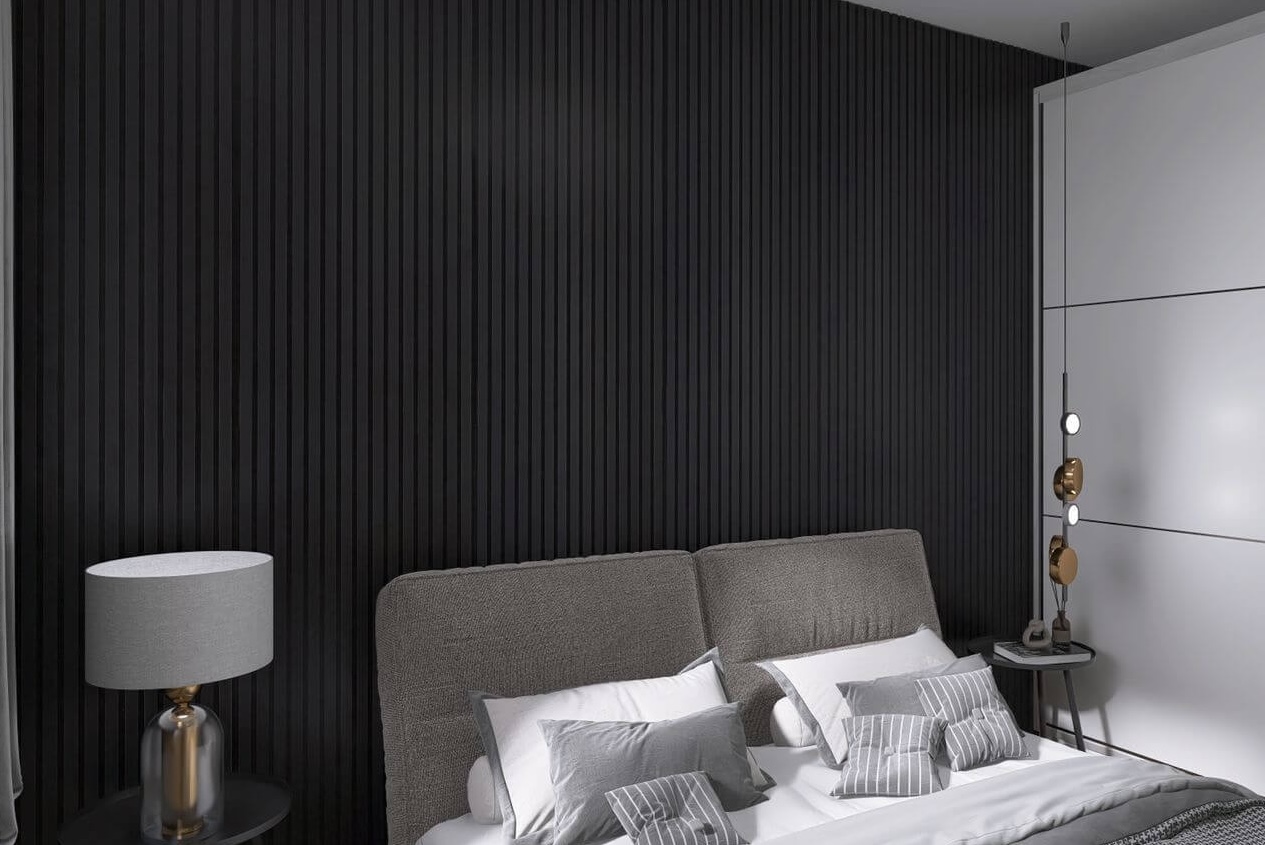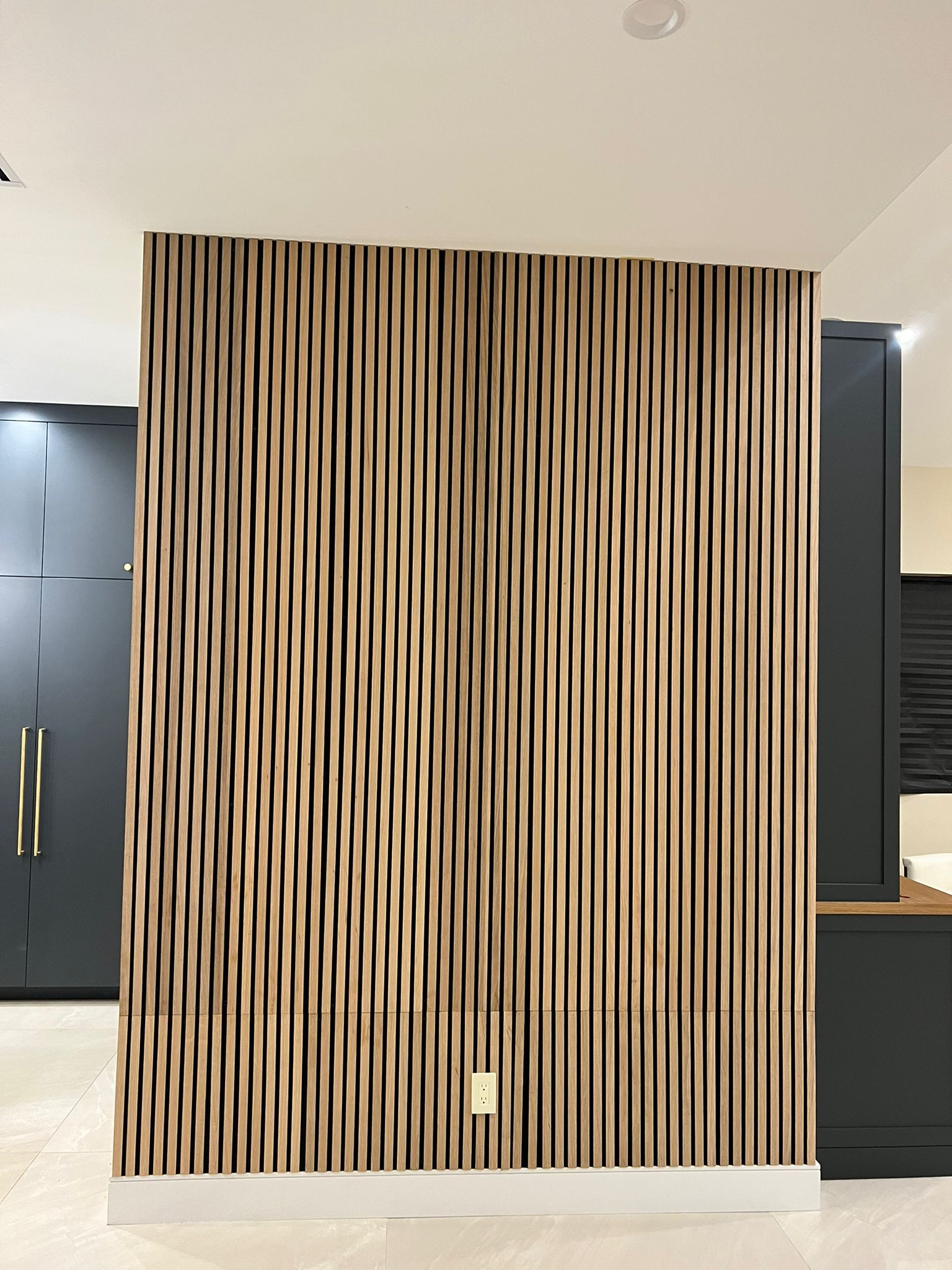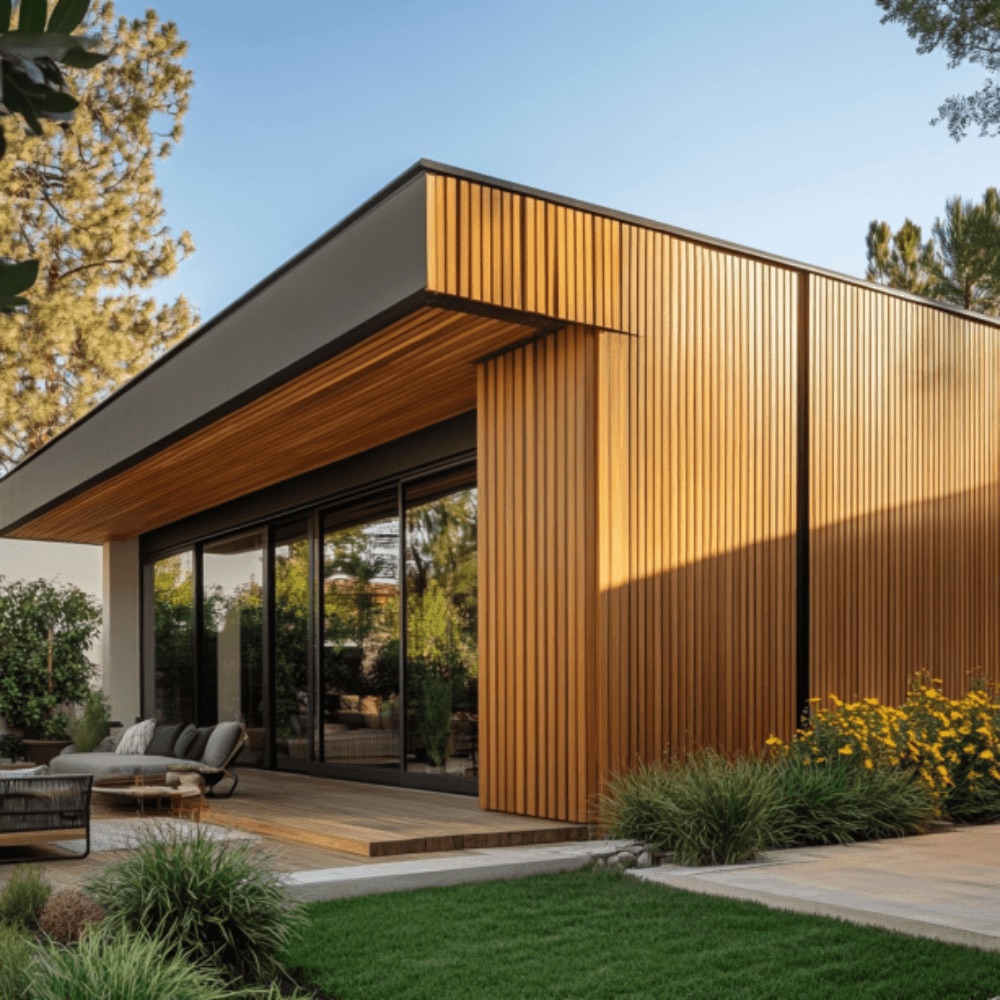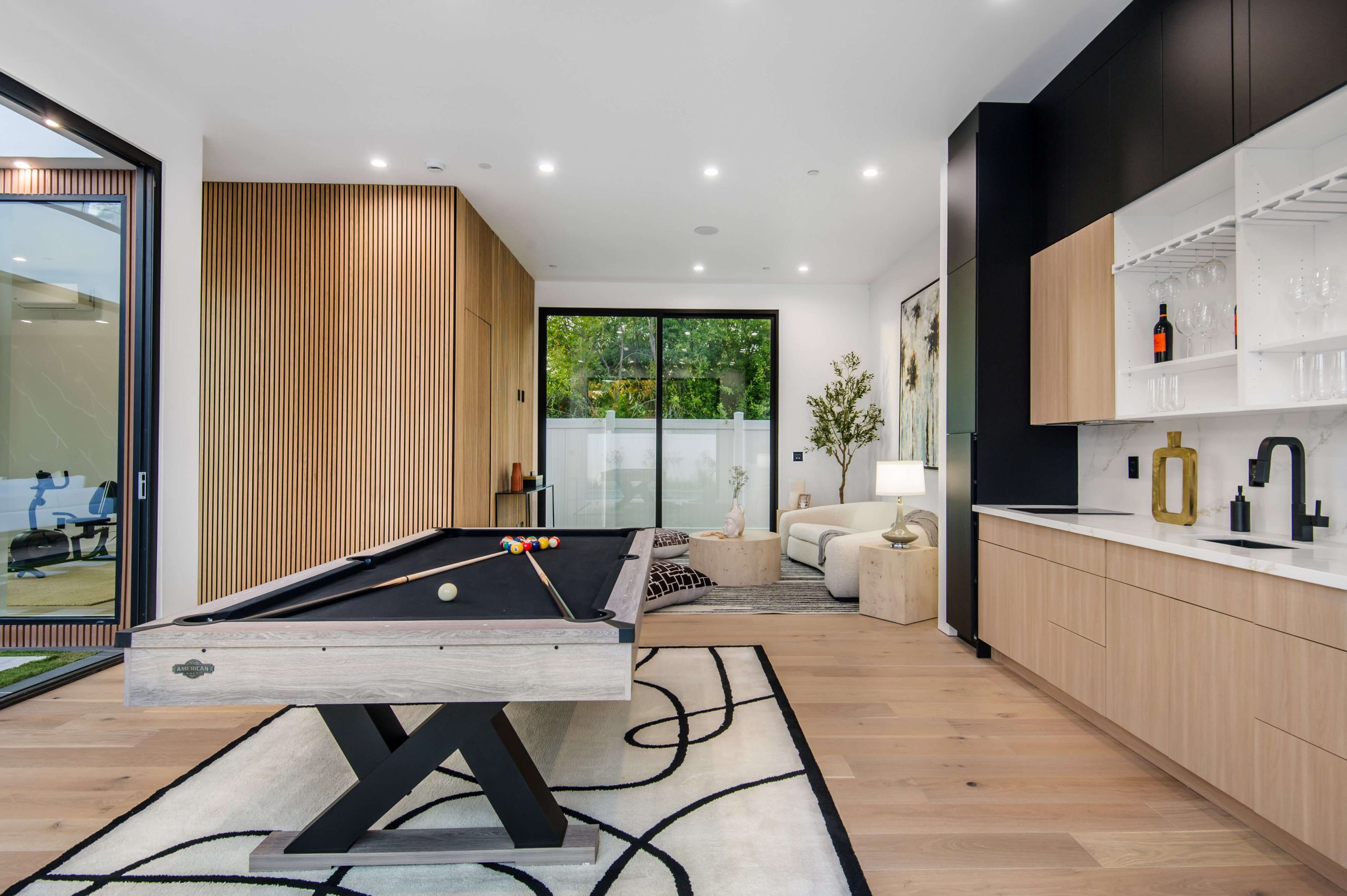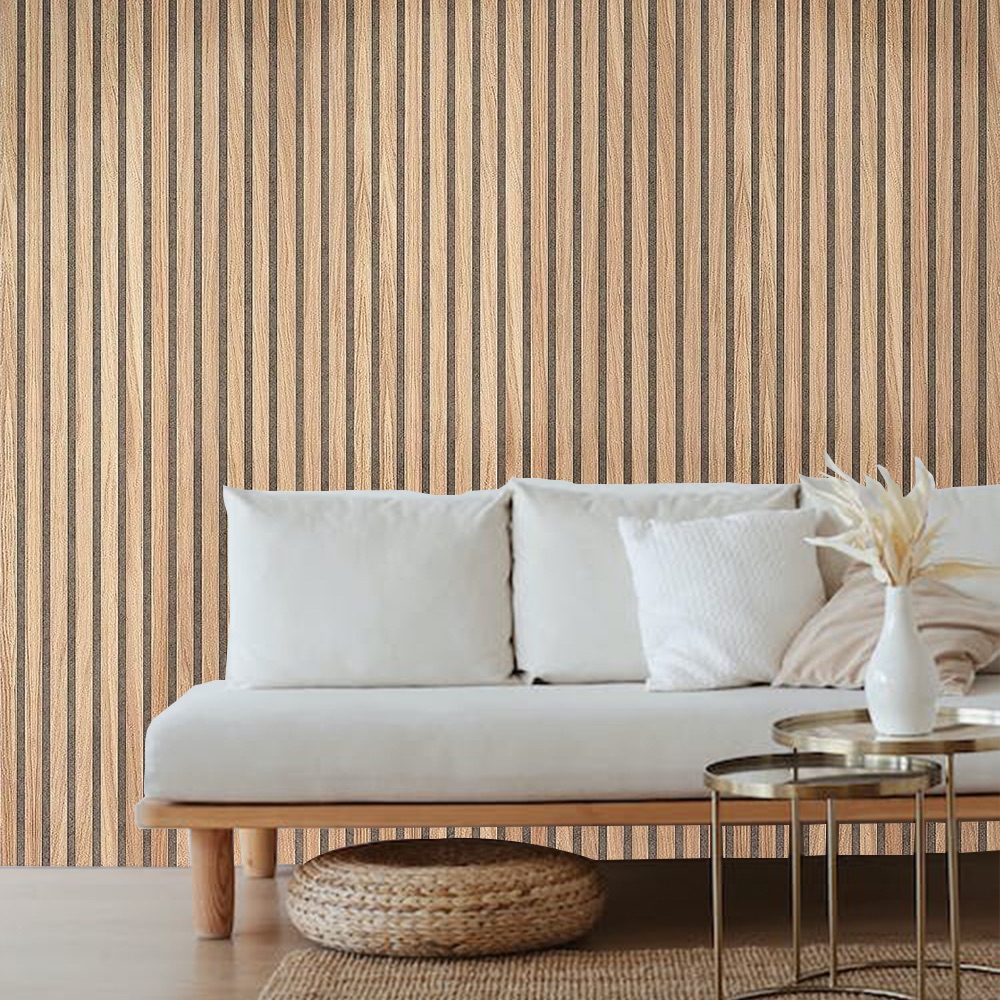When it comes to transforming a space, interior designers rely on materials that offer beauty, durability, and versatility. One of the most popular choices today is using wood panel walls. These panels bring warmth and character to a room while adding texture and depth. Whether working on a cozy home renovation or designing a high-end commercial space, designers love wood panel walls for their ability to enhance aesthetics, improve acoustics, and create a sense of timeless elegance.
Table of Contents
The Timeless Appeal of Using Wood Panel Walls
Wood panel walls have been a design staple for centuries, and for good reason. They add a natural element that makes any space feel inviting. Unlike paint or wallpaper, wood panels offer a three-dimensional look that enhances depth and texture. This makes them a favorite for both modern and rustic interiors.
Homeowners and business owners alike appreciate the unique grain patterns and finishes that wood panels offer. From sleek, contemporary slats to reclaimed barn wood, there’s a style to fit every taste. Additionally, wood panels age gracefully, developing a rich patina over time that adds to their character.
Wood Panel Walls Make Spaces Feel Cozier
A common reason interior designers opt for using wood panel walls is their ability to make a space feel warm and welcoming. Wood’s natural tones create a soothing atmosphere, reducing the starkness of plain white walls. This is especially useful in large or open spaces where the right textures can make a room feel more intimate.
Designers often recommend wood panels for:
- Living rooms – Wood paneling creates a cozy ambiance, perfect for relaxation.
- Bedrooms – A wooden accent wall behind the bed can make the space feel more inviting.
- Home offices – Wood panels bring a sophisticated touch that enhances focus and productivity.
- Restaurants and cafes – The warmth of wood makes dining areas feel more comfortable and upscale.
Versatility: Endless Styles and Finishes
One of the main reasons designers love using wood panel walls is their sheer versatility. They can be installed in a variety of ways, from vertical and horizontal layouts to intricate geometric patterns. Some of the most popular styles include:
- Shiplap – A farmhouse favorite, known for its simple horizontal planks.
- Reclaimed wood panels – Eco-friendly and full of history, perfect for rustic designs.
- Slatted wood panels – Ideal for modern and minimalist interiors, offering a sleek, linear look.
- Textured wood panels – Feature raised surfaces that add depth and character.
Wood panels also come in various finishes, from raw and unfinished to polished and stained. This flexibility allows designers to create custom looks that suit different tastes and interior themes.
Acoustic and Insulation Benefits of Wood Panel Walls
Beyond aesthetics, using wood panel walls has practical advantages. One major benefit is improved acoustics. Wood naturally absorbs sound, reducing echo and noise levels. This makes it an excellent choice for spaces where sound quality matters, such as:
- Home theaters – Enhances sound clarity while preventing echoes.
- Music studios – Provides a professional acoustic environment.
- Open-plan offices – Helps minimize noise distractions, improving productivity.
Wood panels also offer insulation benefits. They help regulate indoor temperatures by retaining heat during the winter and keeping spaces cool in the summer. This makes them a great choice for energy-efficient home designs.
Easy Installation and Low Maintenance
Many people assume that wood panel walls are difficult to install, but modern paneling options make the process much simpler. Interior designers appreciate the ease of installation, especially when using pre-finished or peel-and-stick panels. Some of the installation methods include:
- Nail or screw mounting – Traditional method for permanent installations.
- Adhesive backing – Great for DIY projects and temporary setups.
- Interlocking panels – Click-together designs that require no nails or glue.
Maintenance is also relatively low. Regular dusting and occasional polishing keep wood panels looking their best. Unlike painted walls, which may need frequent touch-ups, wood panels maintain their beauty with minimal upkeep.
Sustainable and Eco-Friendly Choice
Sustainability is a growing priority in interior design, and using wood panel walls aligns with eco-conscious values. Many wood panels come from responsibly sourced materials, including reclaimed wood and FSC-certified products. By choosing sustainable wood panels, designers contribute to reducing deforestation and promoting environmentally friendly practices.
Moreover, wood panels are biodegradable and recyclable, making them a better choice than synthetic wall coverings. Homeowners looking for an eco-friendly alternative to traditional walls often turn to wood paneling as a natural, renewable option.
Enhancing Property Value with Wood Panel Walls
Beyond aesthetics and function, using wood panel walls can also increase a property’s value. Potential buyers often perceive wood paneling as a premium feature, adding charm and sophistication to a home. Real estate professionals agree that homes with well-designed wood panel accents tend to attract more interest and sell faster.
Whether it’s a full wood-paneled room or a single accent wall, incorporating wood paneling into a home design is a worthwhile investment. It offers both immediate visual impact and long-term value.
Common Questions About Using Wood Panel Walls
1. Are wood panel walls expensive?
The cost varies depending on the type of wood, finish, and installation method. While high-end hardwood panels can be pricey, budget-friendly options like MDF or reclaimed wood offer affordable alternatives.
2. Can wood panels be installed in bathrooms or kitchens?
Yes! However, it’s important to use moisture-resistant wood panels, such as treated or engineered wood, to prevent warping or damage from humidity.
3. Do wood panel walls work in small spaces?
Absolutely! Light-colored wood panels can make small rooms feel more spacious by adding depth and texture without overwhelming the space.
4. How do you clean and maintain wood panel walls?
Regular dusting with a soft cloth or microfiber duster is sufficient. For deeper cleaning, a damp cloth with mild soap can be used, but avoid excessive moisture.
5. Can I paint over wood panel walls?
Yes, wood panels can be painted to match changing decor styles. Be sure to sand the surface lightly and use a primer before applying paint for the best results.
Final Thoughts
Interior designers love using wood panel walls for their versatility, warmth, and timeless appeal. Whether enhancing a modern space with sleek slatted panels or adding rustic charm with reclaimed wood, these panels offer endless design possibilities. They improve acoustics, increase insulation, and even boost property value. Plus, their ease of installation and low maintenance make them a practical choice for both designers and homeowners.
If you’re looking to transform your space, consider adding wood panel walls. They provide a perfect blend of aesthetics and function, making any room feel more stylish and inviting.

